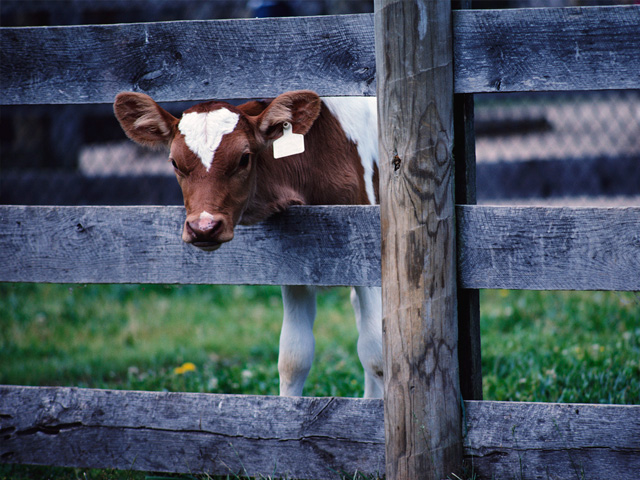Ask the Vet
Wart Woes
QUESTION
We have a commercial herd of 300 Angus-Hereford crossbred cows from which we carry more than 30 replacement heifers each year. Our year-old heifers showed up with warts on their necks and faces. We suspect they got them by rubbing noses through the fence with some neighbor cows. We vaccinated with the only commercial product available, pinched off all the warts we could find and quarantined them until they appeared to be clean. The same thing happened with the next group of heifers, and the next. We seem to be in a loop. What can you tell me about warts and available treatments?
P[L1] D[0x0] M[300x250] OOP[F] ADUNIT[] T[]
ANSWER
Warts are caused by viruses, and there are multiple strains of these viruses that can cause warts in cattle. They are species specific, so people cannot get warts from cattle … or toads and frogs.
Younger animals are almost always affected as you have seen, and warts are most commonly found on the head, neck and shoulders. They may also occur in the vagina and on the penis. They will tend to go away as animals mature but can persist for up to a year.
In my experience, warts tend to be cyclical in a herd. My theory is herd immunity becomes low, and warts are introduced through the addition of new cattle; or as may be the case in your situation, from neighboring cattle. Whether older cattle can carry warts without showing signs and be a source of infection I do not know.
Warts can spread directly from cattle to cattle, that's true. However, cattle can also be infected from scratching areas like posts, buildings and trees. Cleaning and disinfecting these areas can be difficult to impossible but eliminating sharp edges and heavily used scratching areas may be helpful.
Good control of flies, lice and other biting insects can decrease scratching and the spread of the virus. Pasture rotation is another excellent management tool that may decrease contamination of specific areas. And, since weaning is the most stressful time in a calf's life, meaning they are more prone to the virus, changing weaning areas can be helpful, as well.
Development of immunity to the wart virus can be delayed, as the virus has ways of protecting itself. This is the theory behind pinching warts off to release the virus and allow the immune system to attack it. Commercial vaccines are actually manufactured from warts collected from cattle. Since there are many strains of warts, these vaccines won't work in all cases. With a severe herd problem, an autogenous vaccine may be needed. This is a vaccine created specifically for the strain of warts in that herd. In this case, your veterinarian collects warts from your calves and sends them to a lab to create a unique vaccine. Some veterinarians combine this approach with immunostimulants with excellent results. Hopefully, if this approach is needed, after a year or two, you will have no warts left to collect to make more vaccine.
(c) Copyright 2020 DTN, LLC. All rights reserved.






